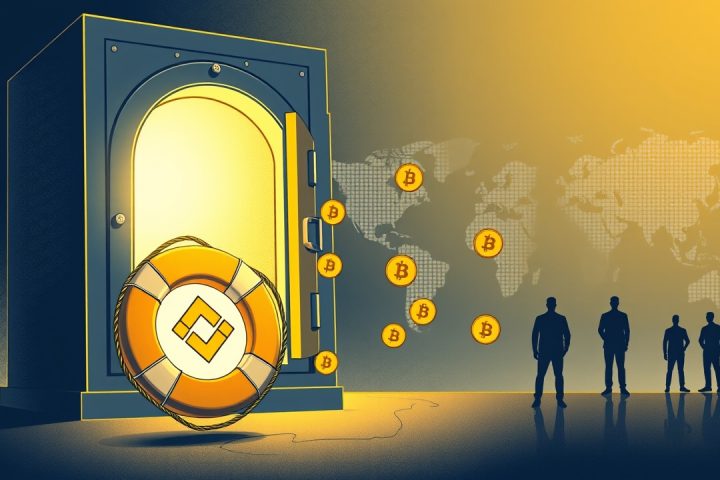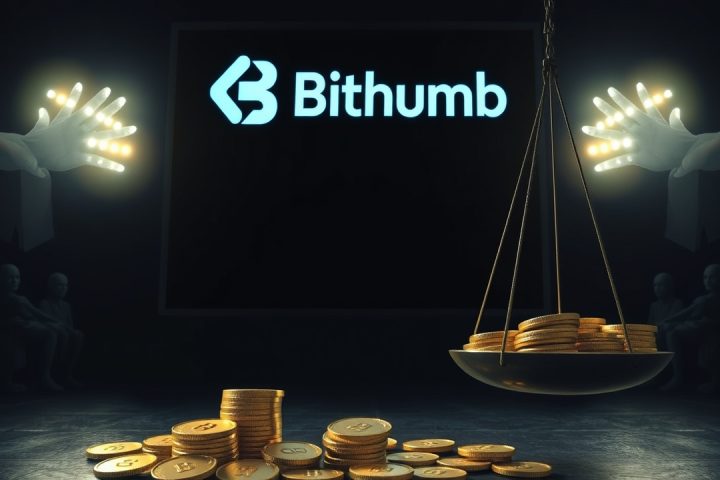The Blockchain Transformation: From EOS to Vaulta
The blockchain originally recognized as EOS has made a significant pivot, rebranding itself as Vaulta. This newly conceived Layer 1 blockchain is designed specifically for the financial sector, encompassing functionalities for decentralized finance (DeFi), stablecoin payments, and more. In a recent discussion with Binance News, the leadership team at Vaulta elaborated on this transformation, detailing the innovative infrastructure that underpins their offering and the aspirations to secure a leadership position in the competitive landscape of Layer 1 networks.
Understanding the Evolution from EOS to Vaulta
What started as EOS, which touted a scalable, fee-free framework, has progressed into Vaulta—a cutting-edge financial Layer 1 chain. During its development, Vaulta has been crafted to deliver 1-second finality, Bitcoin-native yields, and a robust infrastructure tailored for banks and financial technology (fintech) companies alongside DeFi applications. It balances speed with reliability, ensuring that it stands firm as a tested chain in the industry while serving the financial ecosystem.
A cornerstone of Vaulta’s technology is its unique feature—an integrated virtual chain that processes UTXO data for Bitcoin staking and delta-neutral yield, facilitating instantaneous transactions essential for financial-grade applications, along with enhanced role-based permissions for added enterprise security. EOS, which was introduced in 2018, aimed to disrupt scalability; however, as ideological focuses realigned, its momentum waned. The emergence of Vaulta in 2021 was pivotal, coinciding with significant developments like the EOS EVM, Antelope IBC, and critical upgrades, setting a strong foundation for the transition to Vaulta.
The Rationale Behind the Rebranding
The name change from EOS to Vaulta signifies a fundamental shift in mission—from a broad smart contract platform to a specialized blockchain better aligned with the needs of banks, fintechs, and retail operations. Amid the backdrop of a dynamic global political landscape and an increasing appetite for digital asset solutions, Vaulta is enhancing its service capacity for traditional financial institutions. Vaulta addresses the shortcomings faced by its predecessor and is committed to delivering tangible market solutions. The blockchain now caters to various financial activities, including Bitcoin-native DeFi, tokenization of real-world assets, and compliant custodial services, gearing up for upcoming offerings like new stablecoin initiatives set to launch in May 2025.
Delving into Vaulta’s Technological Advancements
The transformation includes the integration of Savanna Consensus, a framework promoting parallel processing and customization for financial institutions. It provides the ability to craft secure virtual chains that operate autonomously, a feature especially beneficial for banks and fintech. The Vaulta EVM embraces full Solidity compatibility, boasting quicker, more predictable finality than its predecessors, and supports both Ethereum-compatible development tools along with unique Vaulta-native capabilities. Recently, exSat—built on Vaulta EVM—has achieved milestones with 40 validating nodes and increased engagement in Bitcoin-native DeFi. The platform is also welcoming custodians and tokenization services, exemplified by partnerships like VirgoPay. Developer resources are being enhanced through tools like MetaMask Snaps and middleware solutions to simplify integration.
Incentives Framework and Community Engagement
Vaulta is unveiling its tokenomics with a capped supply of 2.1 billion, a halving schedule every four years, and dedicated uses for the Vaulta token, such as staking and fee payments. These tokens will facilitate access to yield products, offer uptime-based rewards, and maintain cost predictability. Moreover, the onboarding process is designed to be user-friendly, featuring partnerships with tools like Unicove and opportunities for native staking.
The community-building aspect of Vaulta is pivotal to its approach, with features for seamless token swaps, fresh staking solutions, and resources for developers like Wharfkit SDKs. The initiative is aimed at fostering greater utility across ecosystems, targeting areas like remittances and microfinance to bolster financial inclusion, particularly through cases like VirgoPay that leverage stablecoin infrastructure.
Looking Ahead: Vaulta’s Vision for 2025
The roadmap for Vaulta includes completing the token swap and the full rebranding process, establishing a Banking Advisory Council, launching VirgoPay and various tokenized asset solutions, and expanding the reach of exSat’s DeFi initiatives. The ambitions extend across sectors like wealth management, insurance, payments, and investments, with clear goals of institutional adoption and real-world financial impacts. Vaulta’s growth strategy remains focused as it seeks to redefine its place in the evolving blockchain landscape.

















